
IN PICTURES: Gaza's archeological heritage
Published date: 14 April 2015 23:23 BST
|
Last update: 9 years 7 months ago
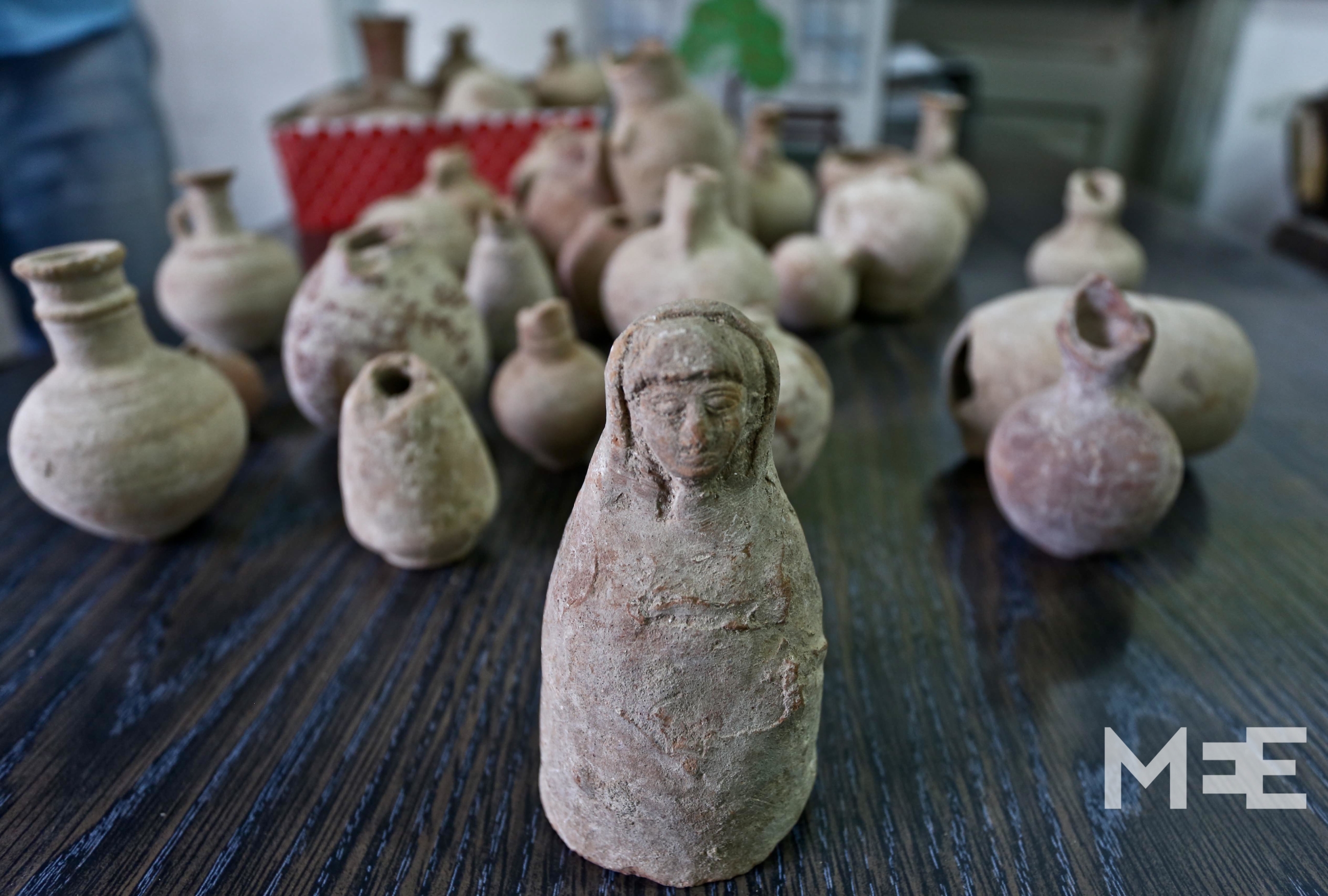
Pottery dates back to the Roman and Canaanite era including statues of worship, which is held by the Ministry of Tourism (MEE/Mohammed Asad)
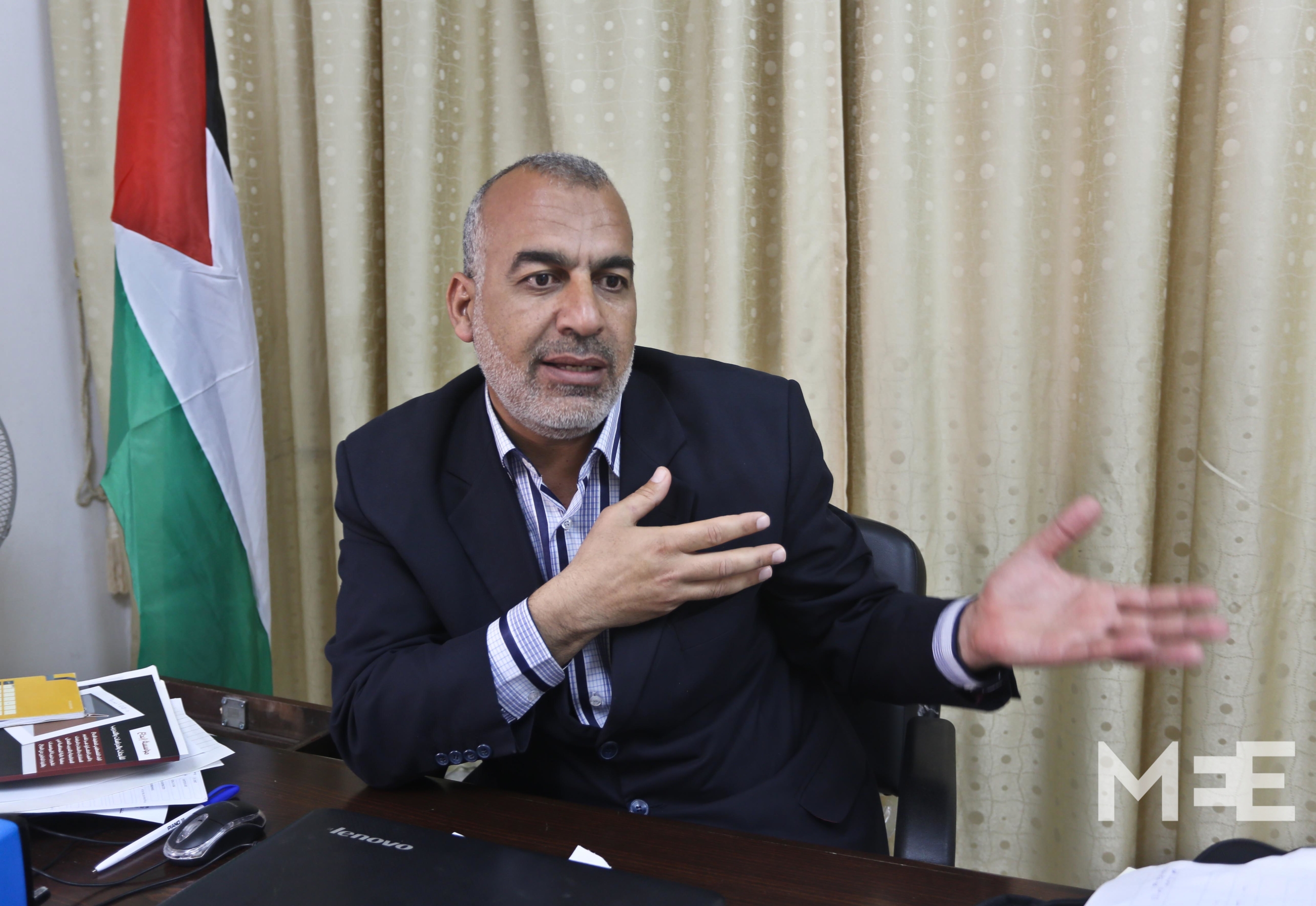
Gamal Aboreidah, general director of tourism and antiquities in the Gaza Ministry of Tourism (MEE/Mohammed Asad)
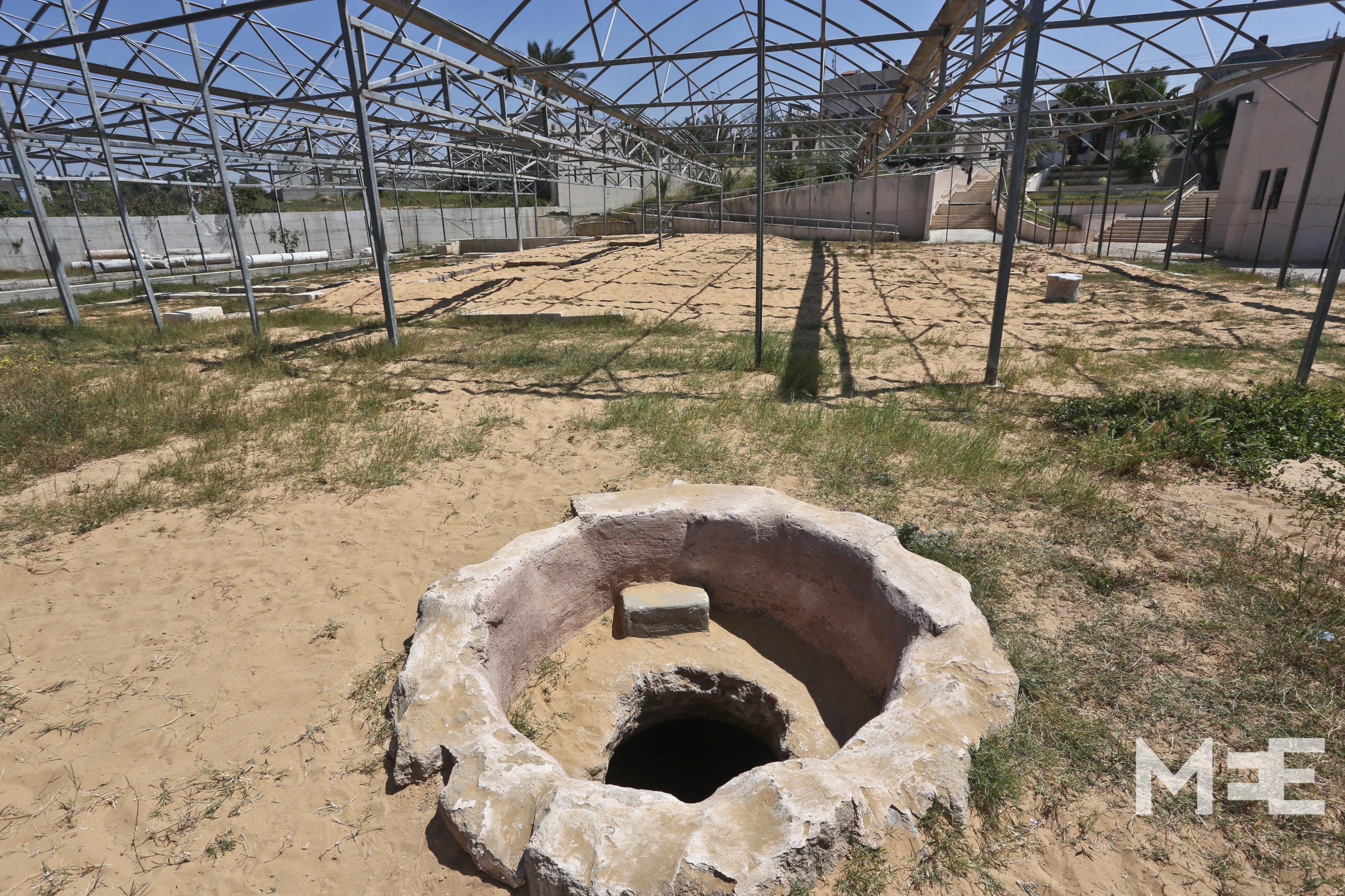
A well from the Byzantine church at St Hilarion monastery in the northern Gaza Strip dates back to 444 A.D. (MEE/Mohammed Asad)

The eastern side of the site of the Tal Umm Amer site of the St Hilarion monastery in Gaza (MEE/Mohammed Asad)
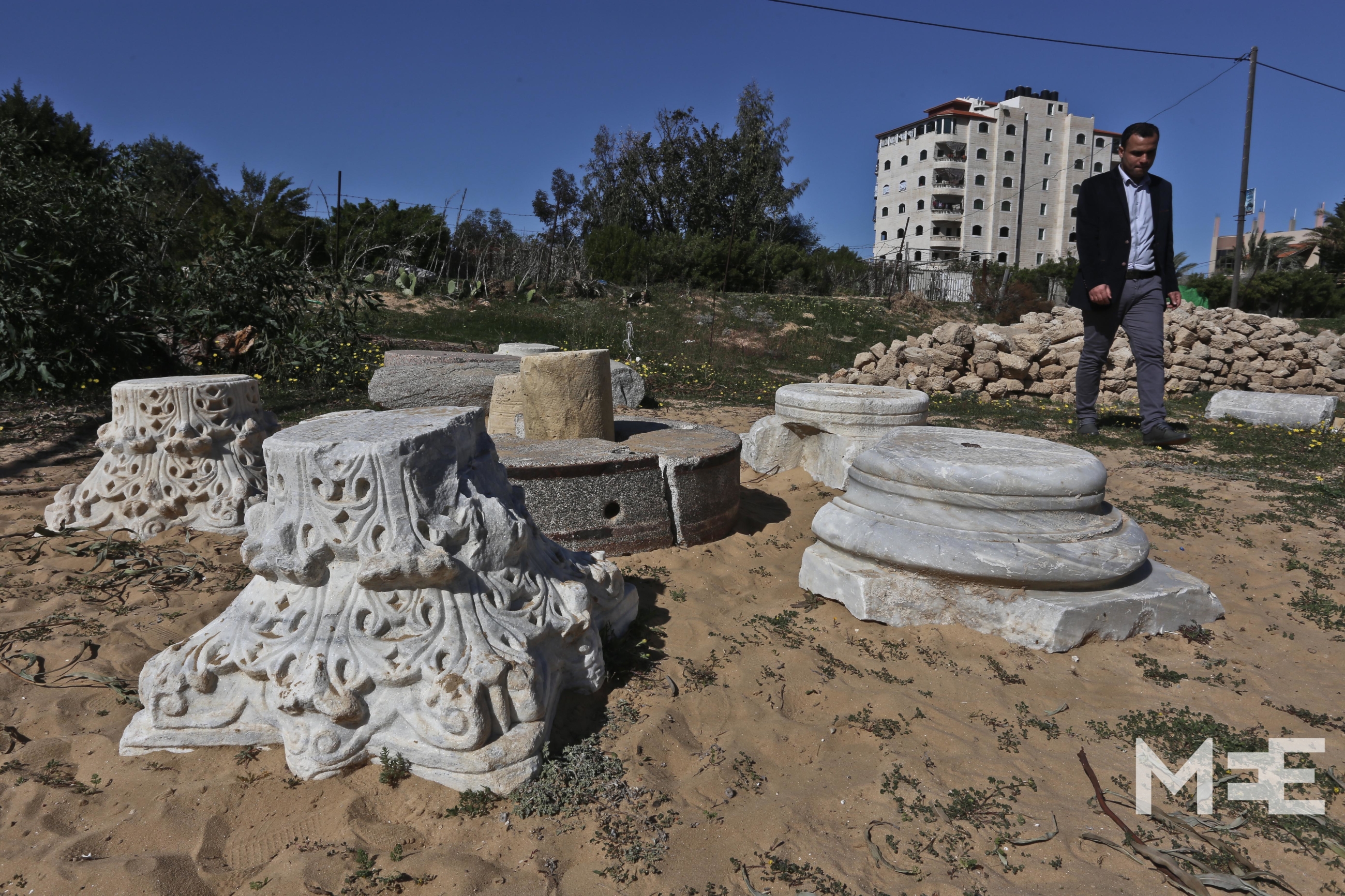
Corinthian-style capitals of marble columns, which were holding up the roof of the house of prayer in the church, located inside the monastery (MEE/ Mohammed Asad)

Baptism basin inside the St Hilarion monastery in the form of a Greek cross. The presence of this basin reflects the great importance in the monastery of St Hilarion during the Byzantine era (MEE/Mohammed Asafd)
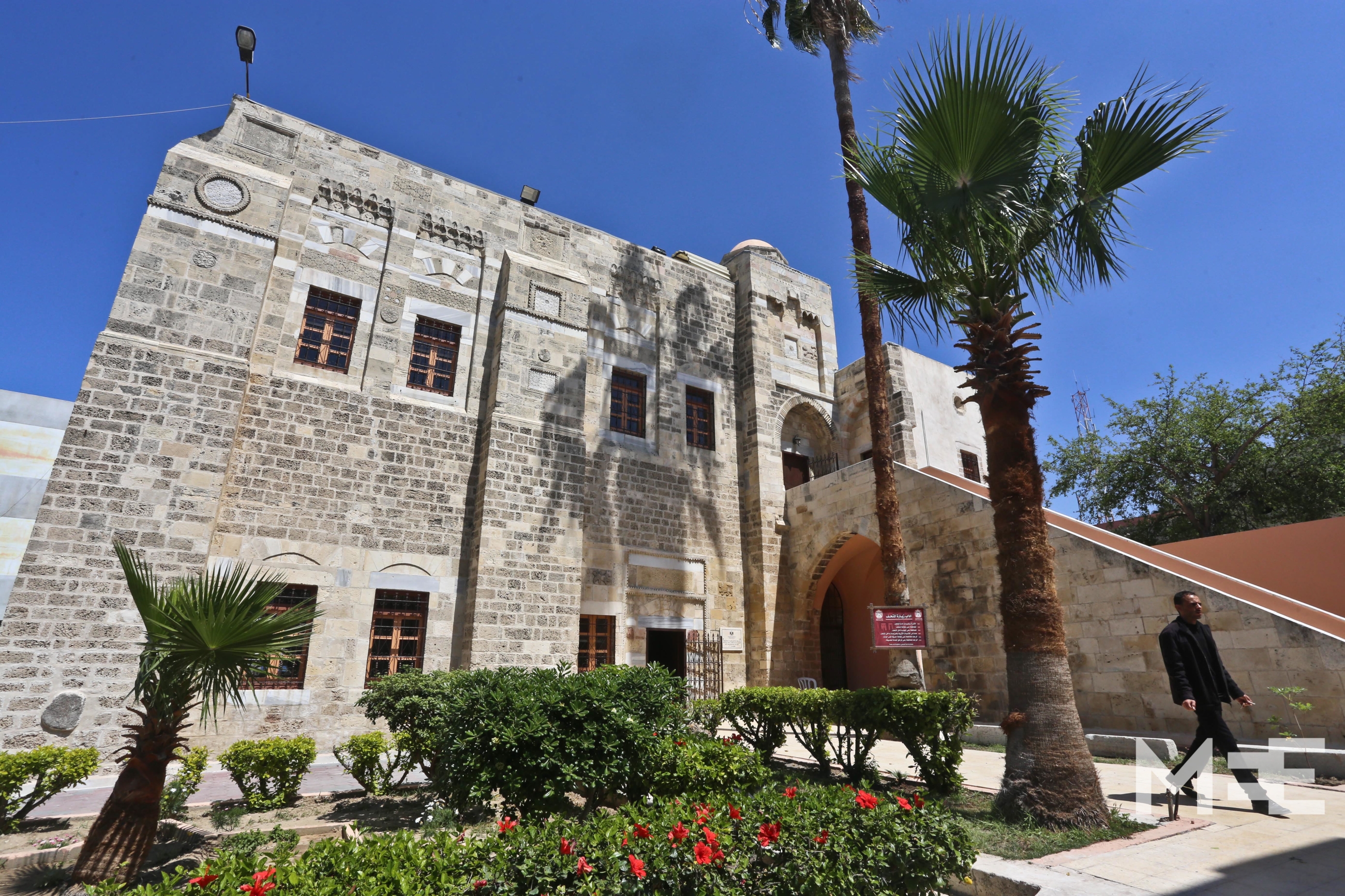
The Pasha Palace, now housing a museum, dating back to the Mamluk era in the city Gzhokan. (MEE/Mohammed Asad)

Al-Omari Mosque is the biggest and oldest in the Gaza Strip, located in the Gaza old city. It was named in honour of Caliph Omar ibn al-Khattab and built in the 7th century on the site of a Byzantine church (MEE/Mohammed Asad)
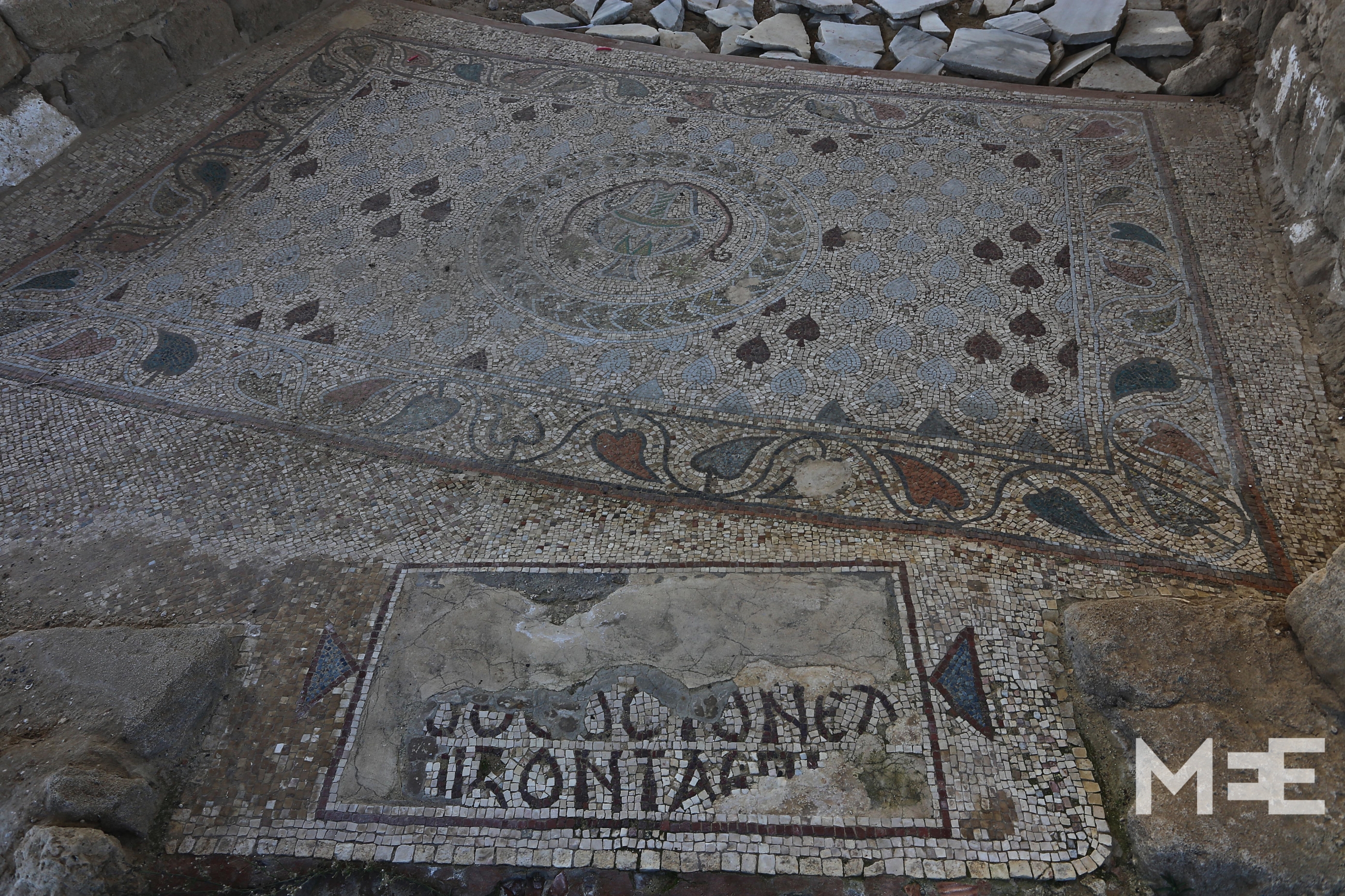
Floor mosaic inside the monastery of St. Hilarion, Gaza (MEE/Mohammed Asaf)
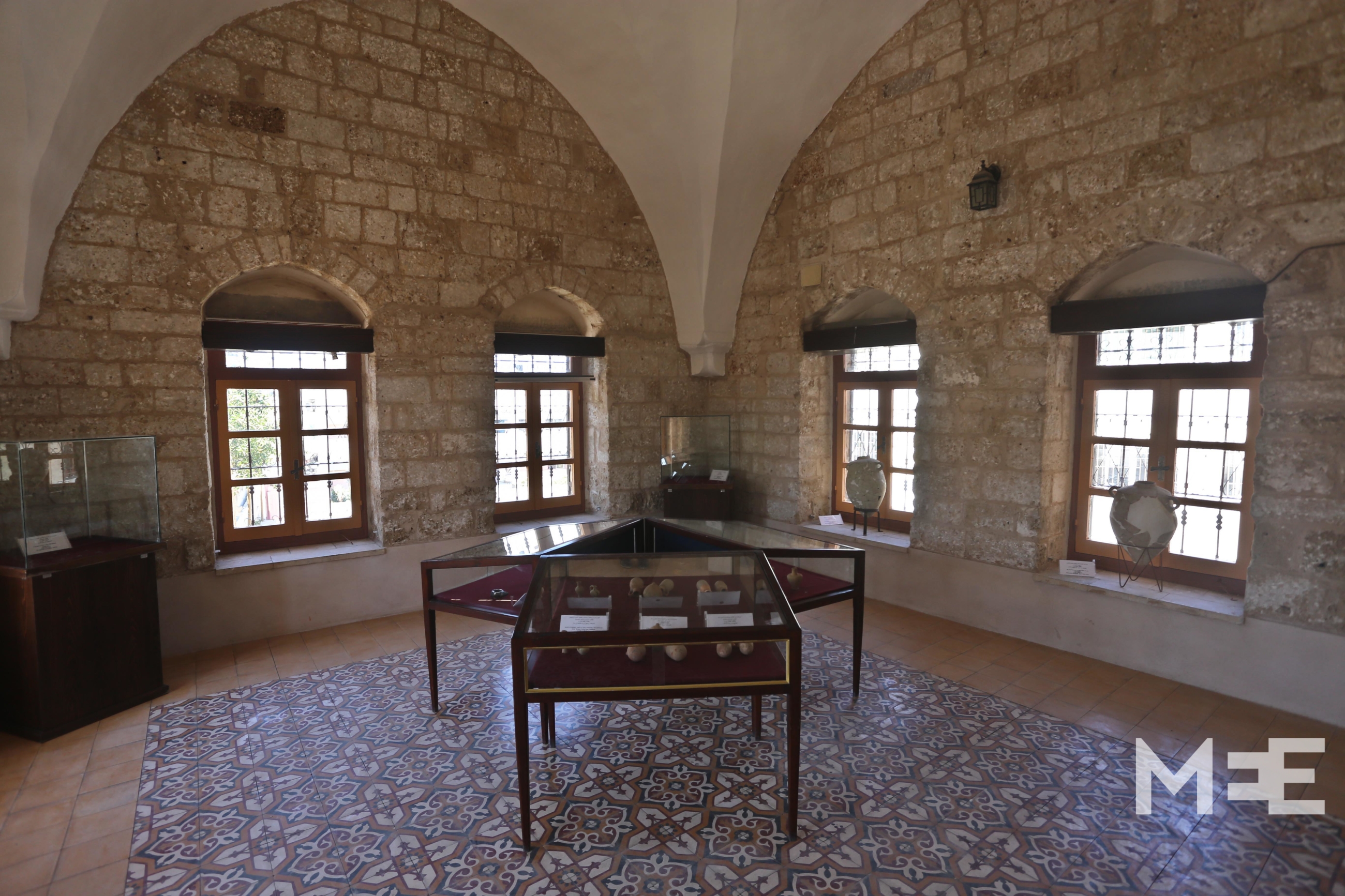
Picture in the Pasha Palace Museum rooms (MEE/Mohammed Asaf)
Middle East Eye delivers independent and unrivalled coverage and analysis of the Middle East, North Africa and beyond. To learn more about republishing this content and the associated fees, please fill out this form. More about MEE can be found here.

